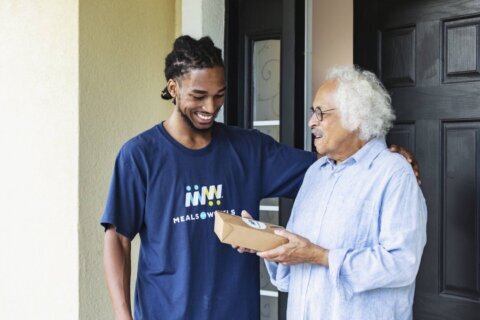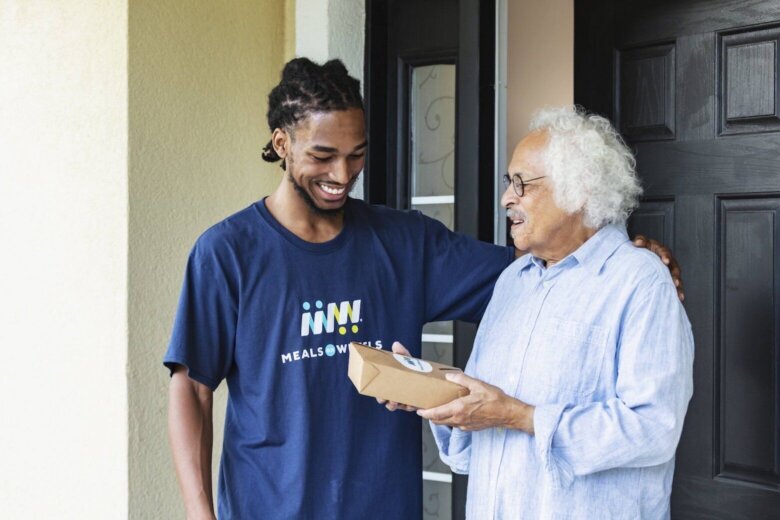
Meals on Wheels marks its 50th anniversary this month — and demand for home-delivered meals for seniors with disabilities or living alone has never been higher.
That demand has created a growing problem for Meals on Wheels’ local programs across the country: waiting lists.
One in three local programs has a waiting list, at an average of three months. Some programs have a waiting list of more than two years.
Seven out of 10 local programs are facing a higher demand for meals than before the pandemic.
As part of its 50th anniversary, it has launched a new national initiative called “End the Wait,” to advocate for more support, increased donations, and recruit more volunteers.
“We want to drive awareness and drive resources. We want to build capacity for local Meals of Wheels programs. We are going to leverage our influence on Capitol Hill to drive more federal funding to the programs which has never kept pace with the growing population and increasing cost,” said Ellie Hollander, CEO of the National Meals on Wheels, headquartered in Crystal City, Virginia.
“We are also going to leverage our partnerships with corporations who want to do well by doing good in their local communities, to activate their employees to volunteer more,” she said.
One in four Americans are 60 and older, with 12,000 more turning 60 every day. Among Americans 60 and older, 29% have a disability and 24% live alone. Meals on Wheels says 12 million seniors are threatened by, or experiencing hunger, calling it a hidden epidemic.
Meals on Wheels delivers more than lunch or dinner — it also delivers a human visitor. That aspect is important, as isolation is another threat to the well-being of seniors living alone or with disabilities.
Local Meals on Wheels programs depend heavily on volunteers to make deliveries, which also come with, at a minimum, a wellness check. Some volunteers spend a little more time to chat with or comfort recipients during those deliveries.
“We find that people that volunteer tell us they don’t know if it is more fulfilling for them when they knock on a door and see someone lifted up by their presence, by that meal and by that conversation, as it is for the person that’s receiving the meal,” Hollander said.
Local programs train delivery volunteers to spot signs of health issues or safety issues within the seniors’ homes.
Meals on Wheels now serves 2.2 million seniors annually, with 251 million meals a year. The majority of those recipients say it improves their health, makes them feel more secure, and helps them live independently.
Meals on Wheels works with local providers of food, and volunteers to prepare and package them. The goal is to provide meals that both taste good and carry high nutritional value. The kinds of meals delivered have evolved significantly since the 1970s.
“Programs have definitely adapted and really tailor their meals to the needs of the older adults that they serve. Based on the community and based on the ethnicity, it has to be culturally appropriate,” Hollander said.
Get breaking news and daily headlines delivered to your email inbox by signing up here.
© 2024 WTOP. All Rights Reserved. This website is not intended for users located within the European Economic Area.









